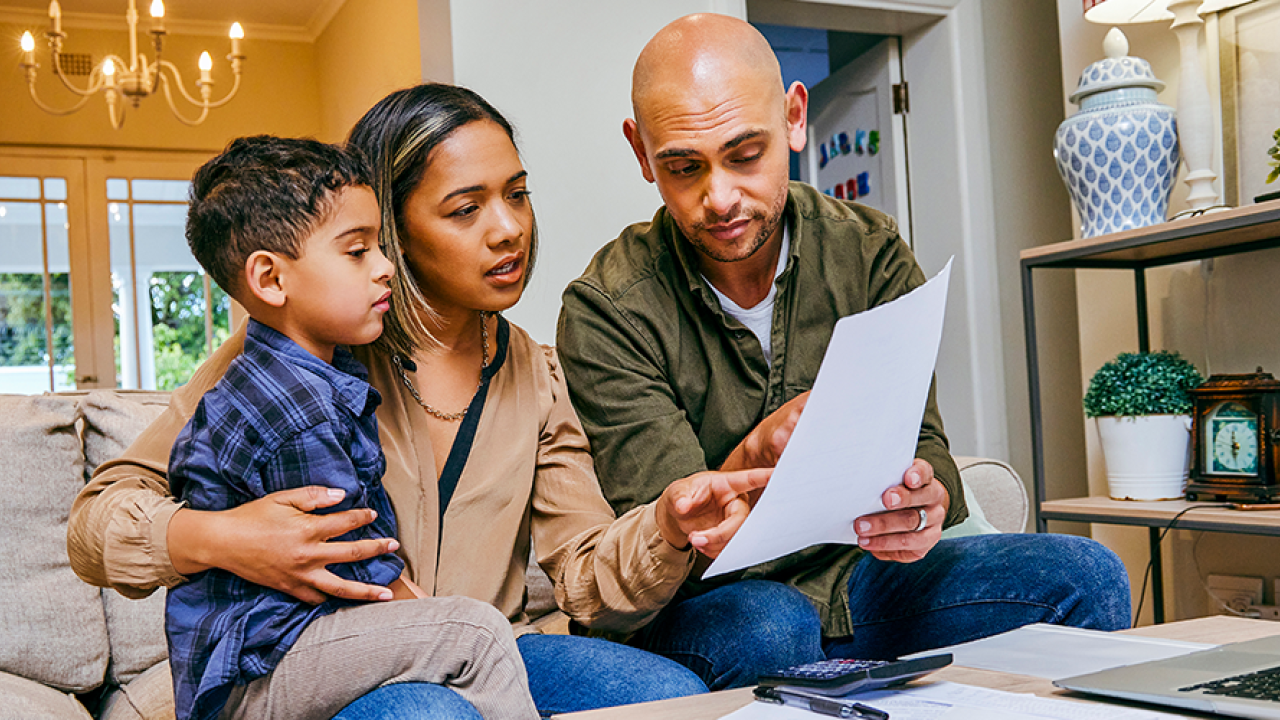A new study by the UCLA Luskin Center for Innovation evaluated a pilot program that aimed to connect vulnerable households with energy assistance programs aimed at reducing electric bills for low-income households. The UCLA study drew lessons from a pilot outreach program run by Valley Clean Air Now (Valley CAN), where it identified several strengths that helped the effort succeed. For instance, researchers found focusing on debt relief helped garner interest. Additionally, with 90 percent of interested households reporting trouble paying their utility bills, debt relief was the most popular form of assistance. UCLA’s study also noted the use of novel outreach methods, including a call center and targeted social media ads to increase engagement.
“Energy assistance programs are often underutilized,” said Gregory Pierce, study co-author and co-director of the Luskin Center for Innovation. “Some people don’t know the programs exist. Others don’t have the time and resources to apply — and some don’t think the payoff will be worth the effort of applying.”
The Valley CAN program model presents important lessons for policymakers, utilities and others hoping to make it easier for households to access critical assistance programs. This can include providing support for households to enroll in fewer programs with larger benefits, simplifying programs and removing barriers, and expanding funding.
“Reducing energy burden is essential — especially now,” said study co-author Kelly Trumbull. “Many families are in debt because of the pandemic, and high prices are making it even harder to get out of the red. But outreach programs like this one can help.”
Read more about the study at UCLA Luskin.
Image Source: Moyo Studio / iStock
Study Authors:
Gregory Pierce, UCLA Luskin Center for Innovation
Rachel Connolly, UCLA Luskin Center for Innovation
Kelly Trumbull, UCLA Luskin Center for Innovation





